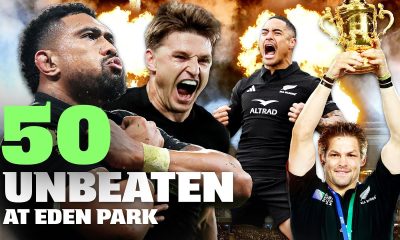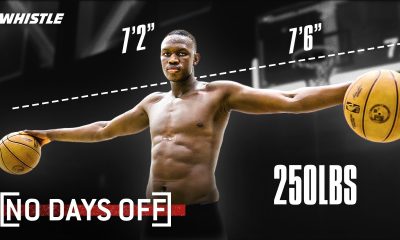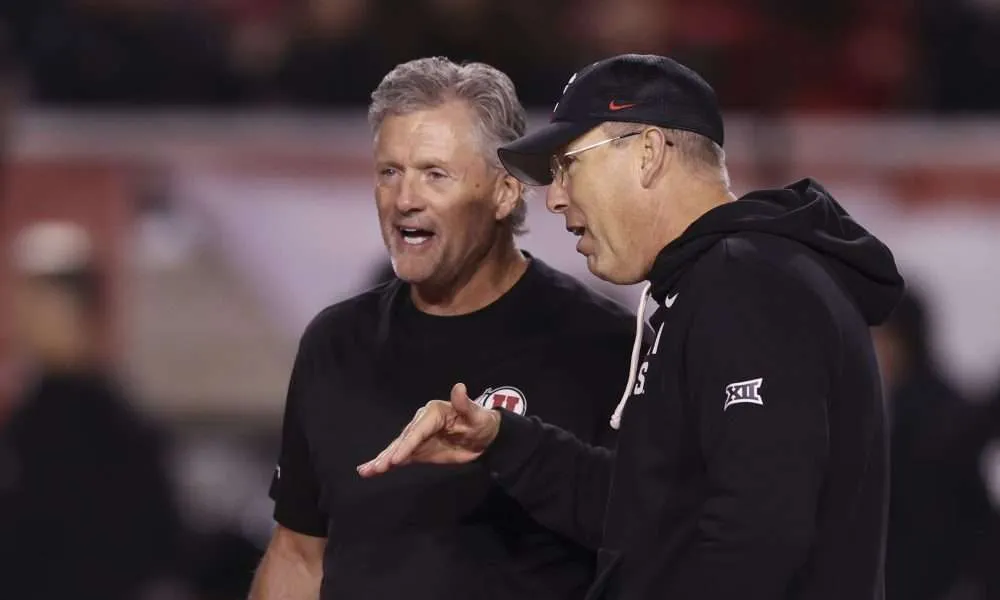NIL
NCAA supports College Athlete NIL Settlement

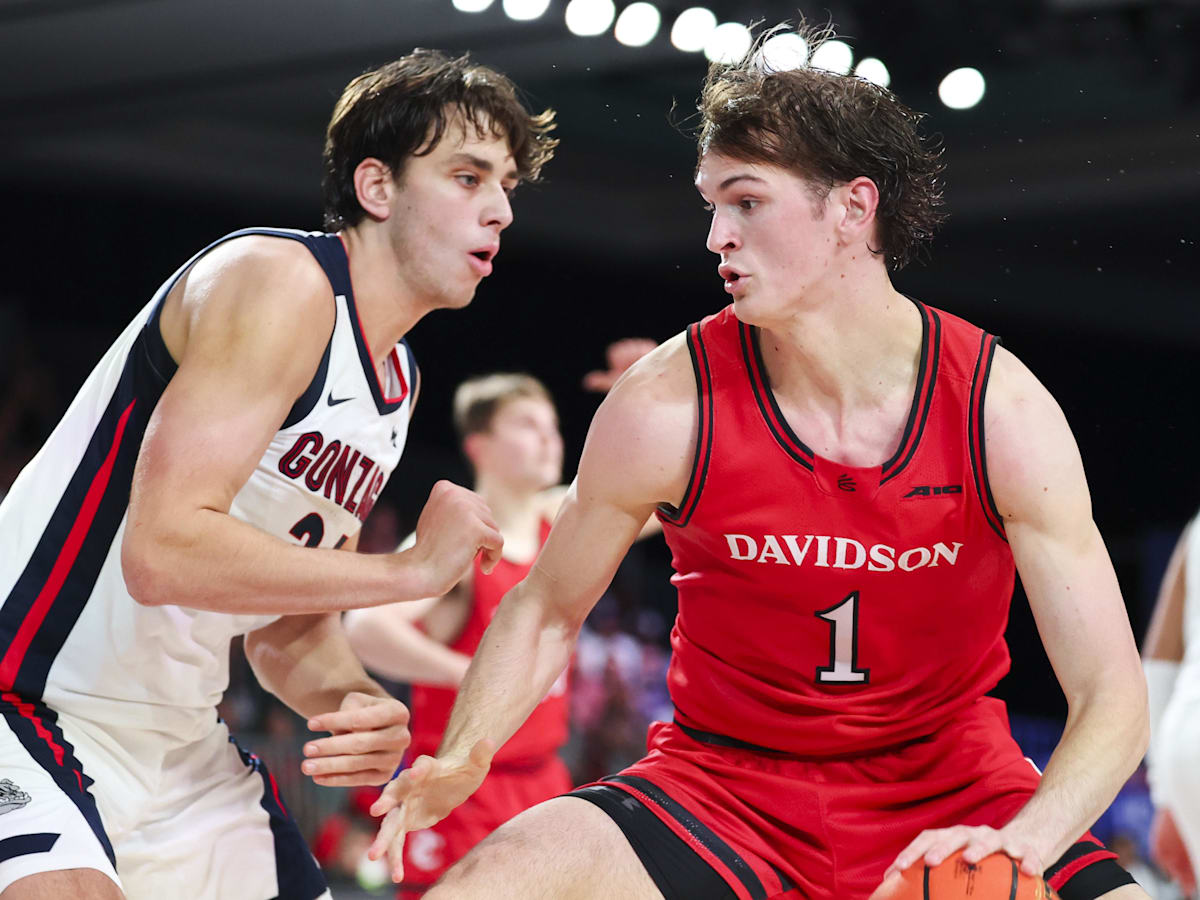
Opposition to Settlement
In January, Law360 reported that a prominent plaintiffs-side sports attorney is joining the Department of Justice and a handful of athletes in trying to stop the settlement, arguing that it would impose a “a price fix [that] harms athletes.” In their amicus brief (filed January 27th) U.S. District Judge Claudia Wilken was urged not to approve the “injunctive” portion of the settlement — the framework under which the NCAA would control how much schools can spend on athletes via name, image and likeness rights. The lawyer had no objection to the damage settlement but believes that the injunctive settlement is inappropriate, counterproductive, and violative of the Sherman Act. According to court documents: The settlement, which represents more than 184,000 former student athletes, will pay about 0 million per year damages over the next 10 years. According to Law360, the motion stated that, out of “nearly 390,000” athletes in the class, led by former Arizona State University swimmer Grant House, 3,433 opted out of the settlement, and 73 “timely, valid” objections were filed to the court — the combined total making up approximately 0.1% of the full class. The deal also sets a framework to distribute athletic revenues, primarily from the schools in the five so-called power conferences, to the athletes as well as the benefits they already receive in scholarships and other compensation. The athletes at the major conferences, and in other Division I programs that choose to distribute revenue to them, are expected to receive .5 billion to billion in new benefits annually.
The settlement, which represents more than 184,000 former student athletes, will pay about 0 million per year damages over the next 10 years. According to Law360, the motion stated that, out of “nearly 390,000” athletes in the class, led by former Arizona State University swimmer Grant House, 3,433 opted out of the settlement, and 73 “timely, valid” objections were filed to the court — the combined total making up approximately 0.1% of the full class. The deal also sets a framework to distribute athletic revenues, primarily from the schools in the five so-called power conferences, to the athletes as well as the benefits they already receive in scholarships and other compensation. The athletes at the major conferences, and in other Division I programs that choose to distribute revenue to them, are expected to receive .5 billion to billion in new benefits annually.
- If the injunctive relief were approved, a football powerhouse like Alabama might spend $15 million on football, $3.5 million on men’s basketball, $1 million on women’s basketball, and $500,000 on all their athletes in eleven other varsity sports. Alabama will then be prohibited by the injunction from spending a penny more on compensation to any athlete, whether football, basketball, or exceptional athletes in minor sports, who might similarly be snubbed by dozens of schools choosing who are capped out by other priorities, although they would pay these athletes well but for the cap. Competition for those athletes will be limited by the cap.
- If Stanford—a school that seeks to be athletically competitive in as many sports as possible and which regularly wins the Directors’ Cup for best overall collegiate athletics program—spends the $20 million equitably over 15 sports teams, male and female, then a star Stanford athlete or applicant seeking a more competitive compensation offer may be forced to matriculate at, or transfer to a school that allocates its cap differently, even though Stanford is his or her preferred school, in his or preferred location, with a strong program in his or her sport, and even if Stanford would be pleased to offer him or her more money but for the cap.
- All schools spending the full $20 million will have an artificial constraint on their offers. For an athlete seeking a school that could compete for a national championship, or a state university in his or her home area, or a particular academic strength, the constrained schools may comprise all the schools that are attractive to him or her. Dozens of schools and hundreds of student athletes will face this dilemma.
- The settlement cannot fairly be called “revenue sharing.” If a friend asks me to provide him with two hours of help per month on his work, and says he might share his salary with me, no one would call that revenue sharing. And if he added that he would cap the amount, he would give me at 25% of his salary, we still would not call it revenue sharing since he might give me nothing. That is what we have here—schools may pay their athletes nothing, a little, or as much as $20 million per year per school. They can share if they like, and as much or as little as they like, to whichever athletes they choose, up to the artificial cap.
READ MORE CALIFORNIA LABOR LAW LEGAL NEWS
The plaintiffs’ attorney had objections to the deal, describing some of its terms “harmful to the rights of college athletes,” and that enforcing it would break anti-trust laws. NCAA President Charlie Barker, however, supports the settlement. In an interview with CBS Evening News on March 18th, Barker said that having a school as the primary relationship for student athletes will “create a much saner way from what we have now… what I hope to get out of [the settlement agreement] is an NIL program that is more transparent, more accountable and works on the idea that this is still a development exercise for young people.” The case is In re: College Athlete NIL Litigation, case number 4:20-cv-03919, in the U.S. District Court for the Northern District of California.The strength of the damage settlement and weakness of the injunctive settlement suggests that the NCAA, having been forced to pay billions for its misconduct in the past, seeks in exchange permission from the Court to violate the antitrust laws and place an artificial cap on athlete compensation for the next ten years. This is improper and contrary to public interest as well as the interests of future college athletes. Settlements of class actions should not be approved if they allow, encourage, or even bless, a violation of law. It gives examples of how the price fix harms competition at schools:
NIL
Oregon QB Austin Novosad plans to enter NCAA Transfer Portal

Oregon redshirt sophomore quarterback Austin Novosad plans to enter the NCAA transfer portal, according to a report from ESPN’s Pete Thamel on Saturday afternoon.
Novosad, a native of Dripping Springs, Texas, spent three seasons at Oregon and appeared in seven games. During that span, he completed 12 of 15 passes for 99 yards with no touchdowns or interceptions.
Novosad waited his turn in Eugene throughout that time. He learned behind Bo Nix during his true freshman season in 2023 and Dillon Gabriel in 2024. Novosad remained with the program losing the spring quarterback competition to Dante Moore, and played very little during his third season with the program.
A member of the 2023 recruiting class, he was the No. 113 overall prospect and the No. 10 quarterback in the cycle, per the Rivals Industry Ranking, a proprietary algorithm that compiles ratings and rankings from all of the primary recruiting media services. He was the No. 21 player from the state of Texas that year.
Novosad is set to have have two years of eligibility at the next school he attends. He used a redshirt during his true freshman season.
As a high schooler, he completed 563-of-873 passes (64.5%) for 8,983 yards and 114 touchdowns compared to 18 interceptions during a three-year career at the varsity level. He had three games where he finished with seven touchdowns, as well as one six-touchdown game, and six separate games where he threw five touchdowns. Novosad was recruited by the likes of Ohio State, Texas A&M and Baylor, among others. A one-time Baylor commit, he flipped late to the Ducks before National Signing Day.
More on the NCAA Transfer Portal
Once the NCAA transfer portal opens on Jan. 2, players can officially enter their names in the NCAA transfer portal and go on to initiate contact with their preferred schools. The portal will be open for 15 days and close on Jan. 16.
Notably, players who are on teams competing in the national championship game are allowed five extra days to make their portal decision. The College Football Playoff championship game will be played on Jan. 19, so the players on those teams will be allowed until Jan. 24 to enter the portal and choose their next school.
To keep up with the latest players on the move, check out On3’s Transfer Portal wire. The On3 Transfer Portal Instagram account and Twitter account are excellent resources to stay up to date with the latest moves.
NIL
No. 1 college football team linked to 1,700-yard RB in transfer portal
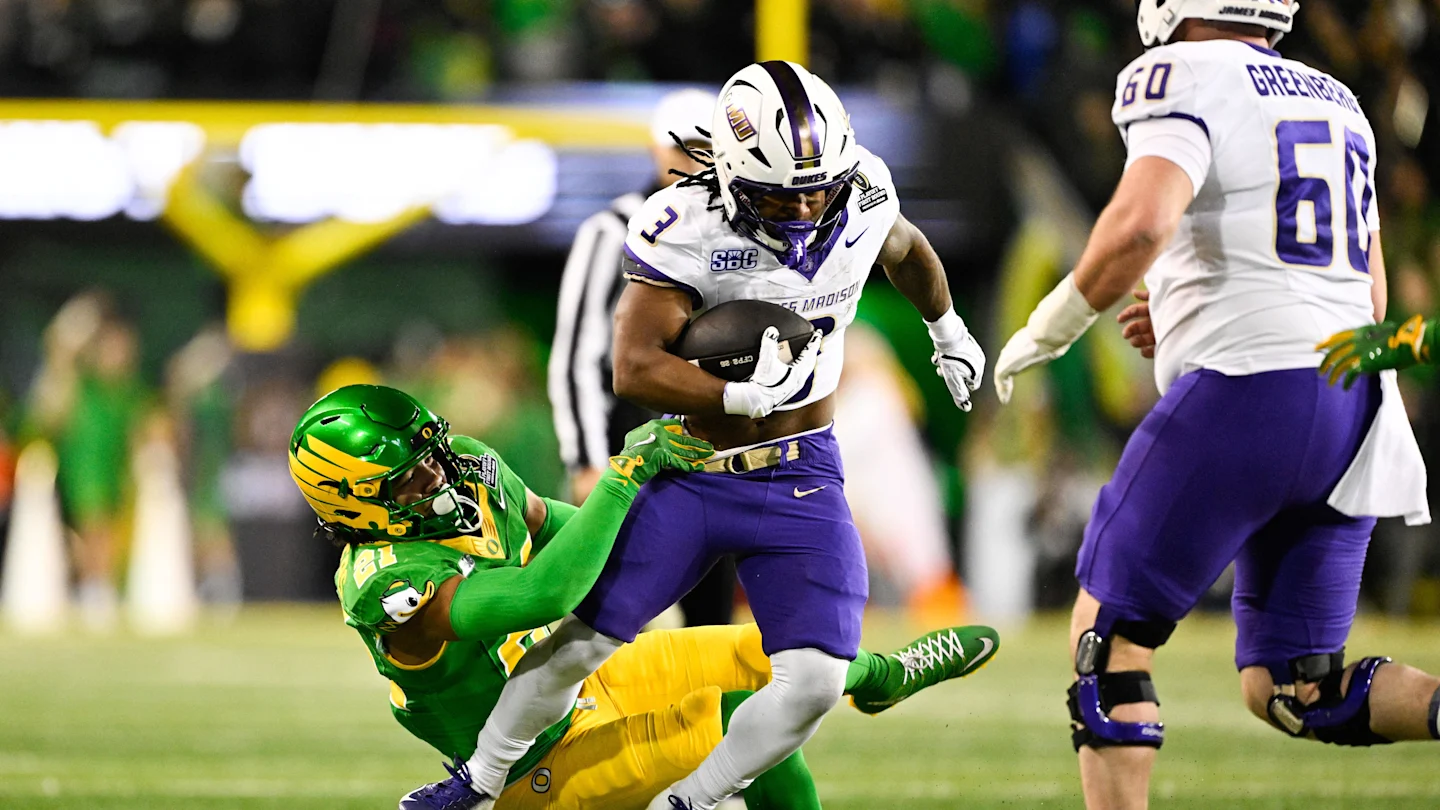
James Madison completed a historic 2025 campaign, capturing the Sun Belt title and earning the program’s first-ever College Football Playoff berth before a first-round loss to Oregon.
Even with the postseason loss, the Dukes finished ranked inside the top 25 and reinforced their status as one of the fastest-rising programs in the FBS after transitioning from the FCS in 2022.
The team’s biggest contributor was junior running back Wayne Knight.
Across the season, he totaled 1,373 rushing yards on 207 carries (6.6 yards per carry) with nine rushing touchdowns and added 40 receptions for 397 receiving yards, producing 1,770 all-purpose yards.
Knight posted multiple 100-yard rushing games, set a school record with 234 all-purpose yards in the Sun Belt championship (including a 212-yard rushing effort), became a Paul Hornung Award finalist, earned first-team All–Sun Belt honors, and garnered All-American recognition from select outlets.
However, on Saturday, Knight announced his intention to enter the NCAA transfer portal.
Early reporting has already linked him to several Power Five programs, with Yahoo Sports explicitly naming No. 1-ranked Indiana as a logical fit.

Knight redshirted in 2023 before establishing himself as James Madison’s primary back in 2024, totaling 449 rushing yards and two rushing touchdowns while adding 137 receiving yards and two receiving scores ahead of his breakout 2025 campaign.
Knight signed with James Madison in December 2021, choosing the Dukes over more than a dozen other scholarship offers, including Delaware, Navy, Brown, Howard, and Maine.
Hoosiers head coach Curt Cignetti is the central link in the Knight to Indiana storyline.
Before taking the Indiana job in 2024, Cignetti led James Madison to an 8–3 record in 2022 and an 11–1 finish in 2023, reaching as high as No. 18 in the AP poll.
Knight played under Cignetti during both seasons and was originally recruited to JMU by him.
For Cignetti and Indiana, adding a high-production, battle-tested running back would bolster depth and special teams for a program now competing at the highest level.
Read More at College Football HQ
- $2.4 million QB emerges as transfer portal candidate for SEC program
- Major college football program ‘expected to hire’ 66-year-old head coach
- College Football Playoff team loses player to transfer portal
- College Football Playoff team loses starting QB to transfer portal
NIL
Kyle Whittingham releases first public statement after Michigan hire
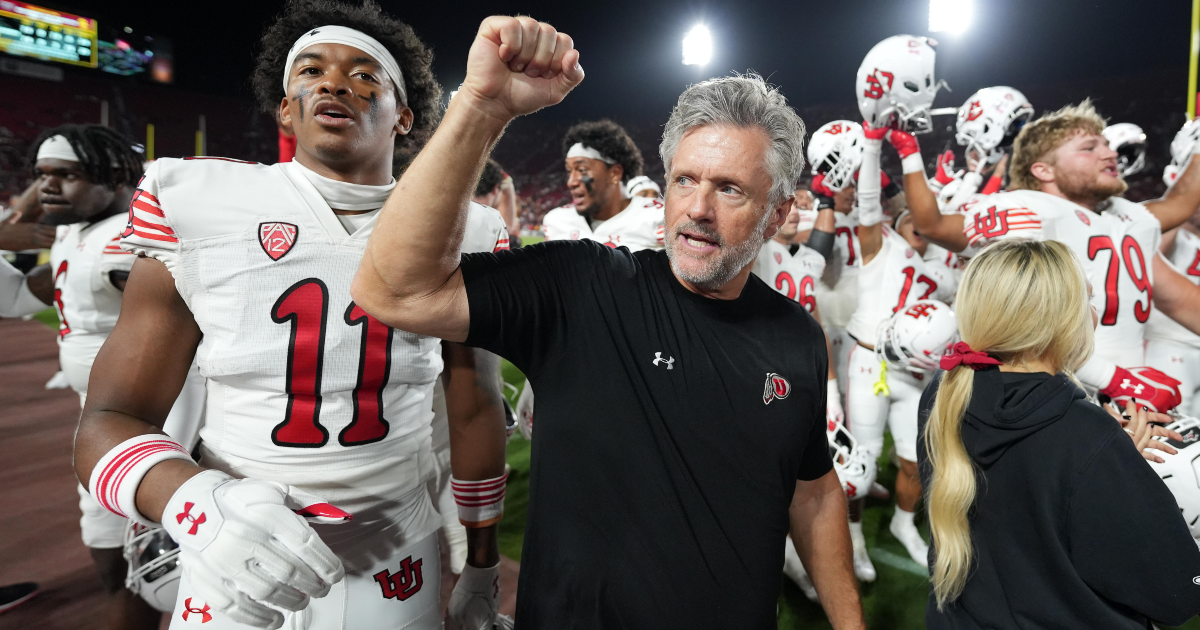
Late Friday night, Michigan made it official. Kyle Whittingham will take over as the next Wolverines head coach, and he released his first public statement.
News broke earlier Friday that Whittingham would replace Sherrone Moore as Michigan head coach. He previously announced his plans to step down as Utah head coach after a decorated run, becoming the winningest coach in program history. Michigan confirmed he is signing a five-year contract.
In Friday’s announcement, Whittingham and athletics director Warde Manuel released statements. Whittingham pointed to the tradition in Ann Arbor and high standard as he takes over the program.
“We are honored to lead the outstanding student-athletes, coaches, and staff who represent Michigan Football each day,” Whittingham said in a statement. “Michigan is synonymous with tradition and excellence – both on the field and beyond – and our entire program is committed to upholding those values while striving for greatness together.
“My family and I are thrilled to join the University of Michigan community, and we look forward to helping our players grow, develop, and reach their highest potential – on the gridiron, in the classroom, and as leaders. It’s a privilege to be part of something that inspires pride in every Wolverine fan. Go Blue!”
Whittingham replaced Urban Meyer as Utah head coach in 2005 and amassed a 177-88 overall record at the helm – the most wins in Utes history. He initially joined the program in 1994, starting out as defensive line coach ad becoming the Utes’ defensive coordinator in 1995. When Meyer left for Florida in 2005, Whittingham took over as head coach.
Although he announced he’d step down as Utah coach, Whittingham made it clear he wasn’t necessarily done coaching. Now, he’ll prepare to head to Ann Arbor and take over a Michigan team which underwent a major shakeup this month.
“Kyle Whittingham is a well-respected and highly successful head coach who is widely recognized as a leader of exceptional character and principled leadership,” Manuel said in a statement. “Throughout our search, he consistently demonstrated the qualities we value at Michigan: vision, resilience, and the ability to build and sustain championship-caliber teams.
“Kyle brings not only a proven track record of success, but also a commitment to creating a program rooted in toughness, physicality, discipline and respect – where student-athletes and coaches represent the university with distinction both on and off the field. We are excited to welcome Kyle to the University of Michigan family as he takes the helm of our football program.”
NIL
Why does Snoop Dogg have his own college football bowl game? What to know
Dec. 27, 2025, 6:01 a.m. ET
D-O-Double G is back for his second year hosting a college football bowl game.
In what was one of the more distinct bowl experiences last season, Snoop Dogg’s eponymously named Snoop Dogg Arizona Bowl is set for its second edition on Saturday, Dec. 27 between the Miami (Ohio) RedHawks and Fresno State Bulldogs inside Arizona Stadium in Tucson, Arizona.
The Snoop Dogg Arizona Bowl is the second main sporting event that Snoop Dogg will be a part of this week, as he performed during halftime of Game 2 of the Netflix-NFL’s Christmas doubleheader between the Minnesota Vikings and Detroit Lions.
Here’s what to know on how Snoop Dogg came to have his own college football bowl game:
How did Snoop Dogg get his own college football bowl game?
Snoop Dogg signed a partnership deal with the Arizona Bowl — founded by the Arizona Sports and Entertainment Commission in 2015 — to be the bowl game’s title and presenting sponsor.
As part of his multi-year sponsorship deal, which was signed in May 2024, Snoop Dogg’s alcoholic beverage — Gin & Juice by Dre and Snoop — serve as the presenting sponsor of the bowl game as well.
“College football fans are exhausted by the talk around NIL, conference realignment, coach movement, transfer portal and super conferences. So it is time we get back to the roots of college football, when it was focused on the colleges, the players, the competition, the community, the fan experience, and the pageantry,” Snoop Dogg said in a video posted on his personal X (formerly Twitter) when he announced his partnership in 2024. “…It’s only fitting that I step up and help this thing right. I’m ready to bring the juice back to college football.”
Snoop Dogg isn’t the first celebrity to be a presenting sponsor of a college football bowl game. Comedian Jimmy Kimmel, host of ABC’s “Jimmy Kimmel Live,” used to be the sponsor of the LA Bowl.
Snoop Dogg was heavily involved with the game and corresponding events in last year’s inaugural bowl game, even interviewing Miami (Ohio) coach Chuck Martin at halftime live on The CW Network.
The 2025 Snoop Dogg Arizona Bowl marks the second consecutive trip for Miami (Ohio) to Tucson, Arizona for the bowl game.
“We couldn’t be more excited to go back to Arizona,” Martin said at a media availability on Monday, Dec. 8. “… Where do you get to go to a bowl (game) and you get to be around for five minutes (with) one of the biggest icons in the history of the world (in Snoop Dogg)?”
Added Martin: “We were dying to get back there and we can’t wait to get back there.”
Who is competing in the Snoop Dogg Arizona Bowl 2025?
Miami (Ohio) and Fresno State are competing in the 2025 Snoop Dogg Arizona Bowl. It’s the second consecutive season the RedHawks will play in the game.
Where is the Snoop Dogg Arizona Bowl?
- Location: Arizona Stadium (Tucson, Ariz.)
The Snoop Dogg Arizona Bowl will once again take place at Arizona Stadium, the home of the Big 12 Conference’s University of Arizona Wildcats, in Tucson, Arizona.
Snoop Dogg Arizona Bowl time today
- Date: Saturday, Dec. 27
- Time: 4:30 p.m. ET (2:30 p.m. MT)
Miami (Ohio) and Fresno State will kick off at 4:30 p.m. ET (2:30 p.m. local time) on Saturday, Dec. 27.
NIL
Tom Izzo reacts to James Nnaji eligibility decision: ‘Shame on the NCAA’
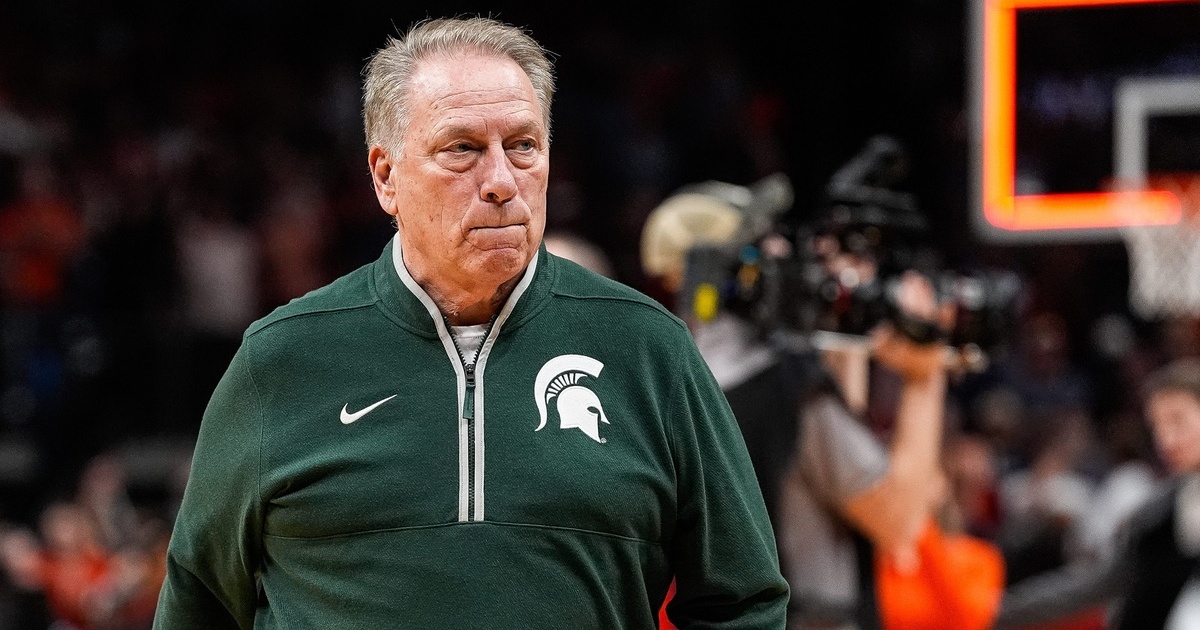
On Christmas Eve, On3’s Joe Tipton reported James Nnaji committed to Baylor after receiving four years of eligibility. Nnaji was the No. 31 overall pick in the 2023 NBA Draft, though he never signed an NBA contract, and will play the second half of this season.
The reaction was swift, including a post on social media from UConn coach Dan Hurley. Saturday afternoon, Michigan State coach Tom Izzo weighed in on the situation.
SUBSCRIBE to the On3 NIL and Sports Business Newsletter
Izzo admitted he didn’t know all the details and reached out to “good friend” and Baylor head coach Scott Drew for more information. But he raised multiple questions about the impact of the Nnaji eligibility decision, even asking what would stop him from asking Miles Bridges – or other even Magic Johnson and Gary Harris – if they wanted to return to East Lansing.
“I asked Coen [Carr], would you be okay if I went and got Miles and brought him back? … You laugh, but that’s what we’re doing,” Izzo said. “Somebody’s sitting. Somebody’s not playing. I just don’t think that’s fair for the players. Some of them work their butt off to get to this position and maybe things didn’t go right. I’m a little surprised. I’ve got a call in to Scott. I’m anxious to see what he tells me. … But what I’m hearing and now, we’re taking guys that were drafted in the NBA and everything. I said it to you a month and a half ago, ‘Come on, Magic and Gary. Let’s go, baby. Let’s do it.’ Why not?
“If that’s what we’re going to, shame on the NCAA. Shame on the coaches, too. But shame on the NCAA because coaches are going to do what they’ve got to do, I guess. But the NCAA’s the one. Those people on those committees that are making those decisions to allow something so ridiculous and not think of the kid. Everybody talks about me thinking of my program or selfish. No. Get that straight, for all of you. I’m thinking of what is best for my son if he was in that position, and I just don’t agree with it.”
Of course, Izzo made it clear he was not planning to ask Bridges if he’d come back to school. He said his point was more about his concern with the situation.
“Sooner or later, it’s gonna get me,” Izzo said. “Not that I’m gonna be too stubborn not to ever do anything, but I’m not going and recruiting Miles. I love Miles. Would love to have him play. But what is wrong with that statement? ‘Go and replace Coen.’”
Tom Izzo: ‘I’m not going to fight city hall’
James Nnaji played professional basketball in Europe before going No. 31 in the 2023 NBA Draft when the Detroit Pistons selected him. While he did not sign a standard NBA contract, his draft rights were traded twice, most recently in the trade that sent Karl-Anthony Towns to the New York Knicks. Nnaji also played in the NBA Summer League with the Knicks.
Amid the fallout from the NCAA’s decision, Nnaji’s name also came up in an ongoing eligibility lawsuit. Attorneys for Vanderbilt quarterback Diego Pavia and others cited it in a filing Friday. Pavia and other plaintiffs are challenging the NCAA’s junior college rules.
Tom Izzo also said he spoke with an unnamed coach who agreed with him. But Izzo also further called out the NCAA and president Charlie Baker about the state of the landscape.
“I was told by a very famous, good, great coach yesterday in a text that said, ‘I believe in everything you’re saying. Just don’t let it ruin your year. Why fight city hall?’ I’m not going to fight city hall – I’m just not going to stick up for it, either,” Izzo said.
“I’m not going to tell you that [as] a guy that worked for the NCAA for 20 years on every committee known to man. I’m not going to tell you that this president, to me, is doing anything but running from leadership and is making decisions that are against them. I’d like to poll 360 of the coaches and see how many are in favor of what’s going on.”
NIL
College Football Playoff team loses running back to transfer portal

A running back with proven production is set to enter the college football transfer portal with just one year of NCAA eligibility remaining in his career.
James Madison running back Ayo Adeyi is preparing to enter the transfer portal in search of what will be a third school to play for in 2026, according to ESPN.
What he’s done on the field
Adeyi was limited to just 120 rushing yards on 24 carries for the Dukes as they made their first College Football Playoff appearance this past season, but the tailback has a history of solid output when he was initially at North Texas.
In total, Adeyi has 2,480 career rushing yards and 17 touchdowns while averaging 6.5 yards per carry over the last five collegiate seasons, mostly with the Mean Green.
He ran for 6 touchdowns on 496 yards in his initial season there before improving his per yard average to 7.2 yards the following season with 4 touchdowns and 807 total yards.
Adeyi had his best season to date in 2023, when he carried 143 times for 1,017 yards and scored 6 touchdowns while averaging 7.1 yards per attempt.
How the college football transfer portal works
College football’s transfer portal officially opens on Jan. 2, but that hasn’t stopped a flurry of players from entering their names for consideration at a new school right now.
The new 15-day transfer portal window from Jan. 2-16 and the elimination of the spring transfer period has condensed the timeline for players and programs to make their moves.
The NCAA Transfer Portal is a private database that includes the names of student-athletes in every sport at the Division I, II, and III levels. The full list of names is not available to the public.
A player can enter their name into the transfer portal through their school’s compliance office.
Once a player gives written notification of their intent to transfer, the office puts the player’s name into the database, and they officially become a transfer.
The compliance office has 48 hours to comply with the player’s request and NCAA rules forbid anyone from refusing that request.
The database includes the player’s name, contact information, info on whether the player was on scholarship, and if he is a graduate student.
Once a player’s name appears in the transfer portal database, other schools are free to contact the player, who can change his mind at any point in the process and withdraw from the transfer portal.
Notably, once a player enters the portal, his school no longer has to honor the athletic scholarship it gave him.
And if that player decides to leave the portal and return to his original school, the school doesn’t have to give him another scholarship.
(ESPN)
More college football from SI: Top 25 Rankings | Schedule | Teams
Follow College Football HQ: Bookmark | Rankings | Picks
-

 Motorsports3 weeks ago
Motorsports3 weeks agoSoundGear Named Entitlement Sponsor of Spears CARS Tour Southwest Opener
-

 Motorsports3 weeks ago
Motorsports3 weeks agoDonny Schatz finds new home for 2026, inks full-time deal with CJB Motorsports – InForum
-
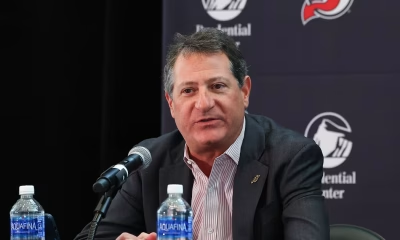
 Rec Sports3 weeks ago
Rec Sports3 weeks agoDavid Blitzer, Harris Blitzer Sports & Entertainment
-
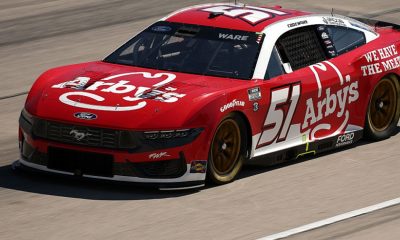
 Motorsports3 weeks ago
Motorsports3 weeks agoRick Ware Racing switching to Chevrolet for 2026
-

 NIL2 weeks ago
NIL2 weeks agoDeSantis Talks College Football, Calls for Reforms to NIL and Transfer Portal · The Floridian
-
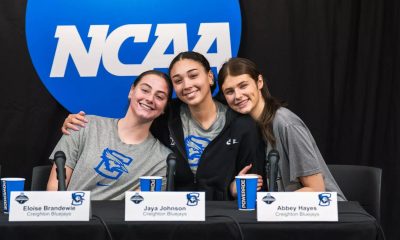
 Sports2 weeks ago
Sports2 weeks ago#11 Volleyball Practices, Then Meets Media Prior to #2 Kentucky Match
-

 Technology3 weeks ago
Technology3 weeks agoWearable Gaming Accessories Market Growth Outlook
-

 Motorsports2 weeks ago
Motorsports2 weeks agoSunoco to sponsor No. 8 Ganassi Honda IndyCar in multi-year deal
-
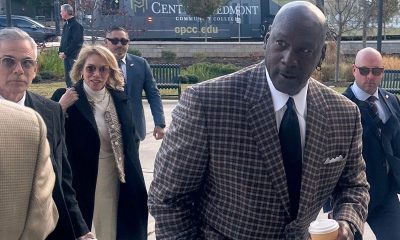
 Motorsports3 weeks ago
Motorsports3 weeks agoNASCAR owes $364.7M to teams in antitrust case
-
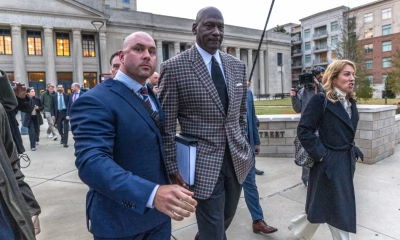
 Motorsports2 weeks ago
Motorsports2 weeks agoNascar legal saga ends as 23XI, Front Row secure settlement




